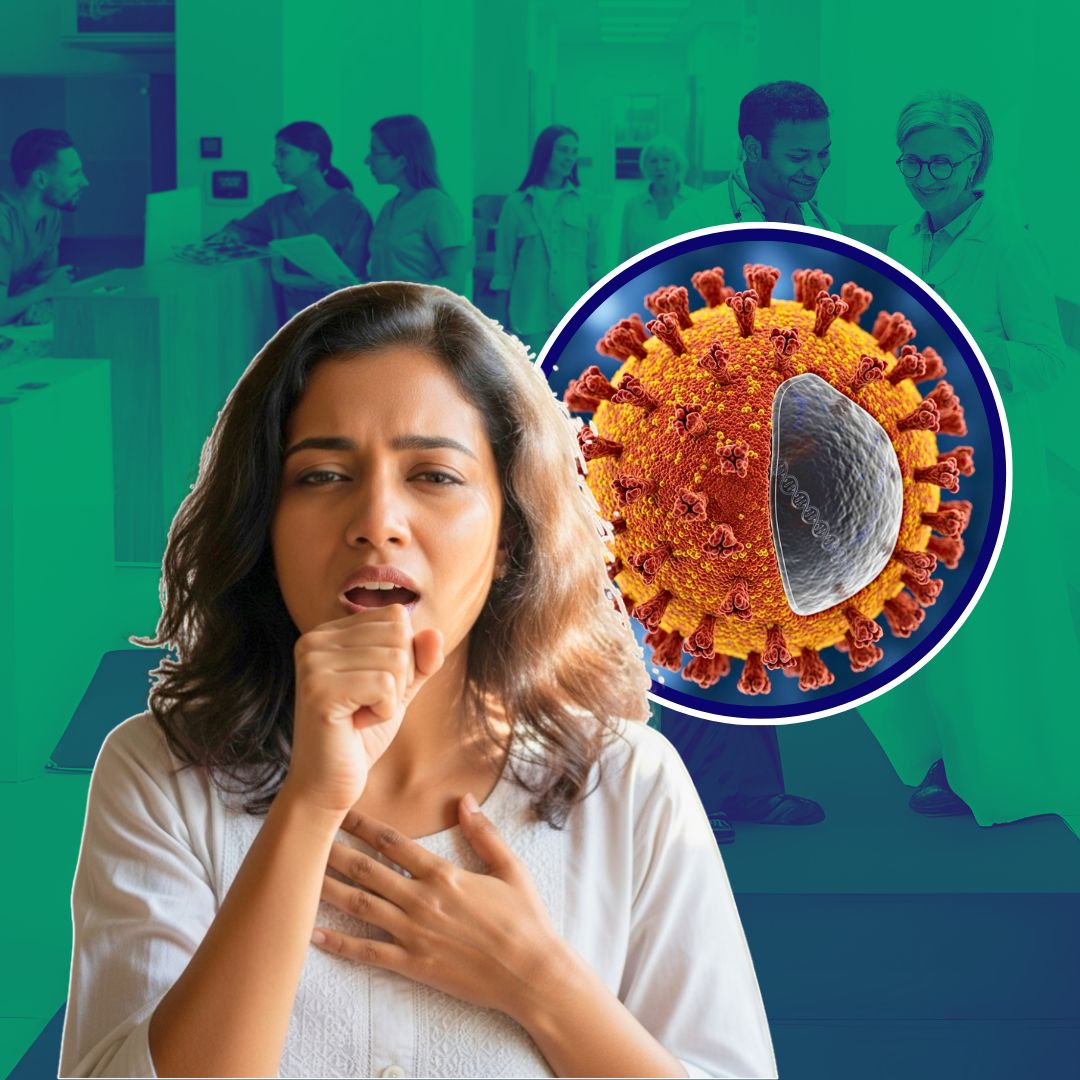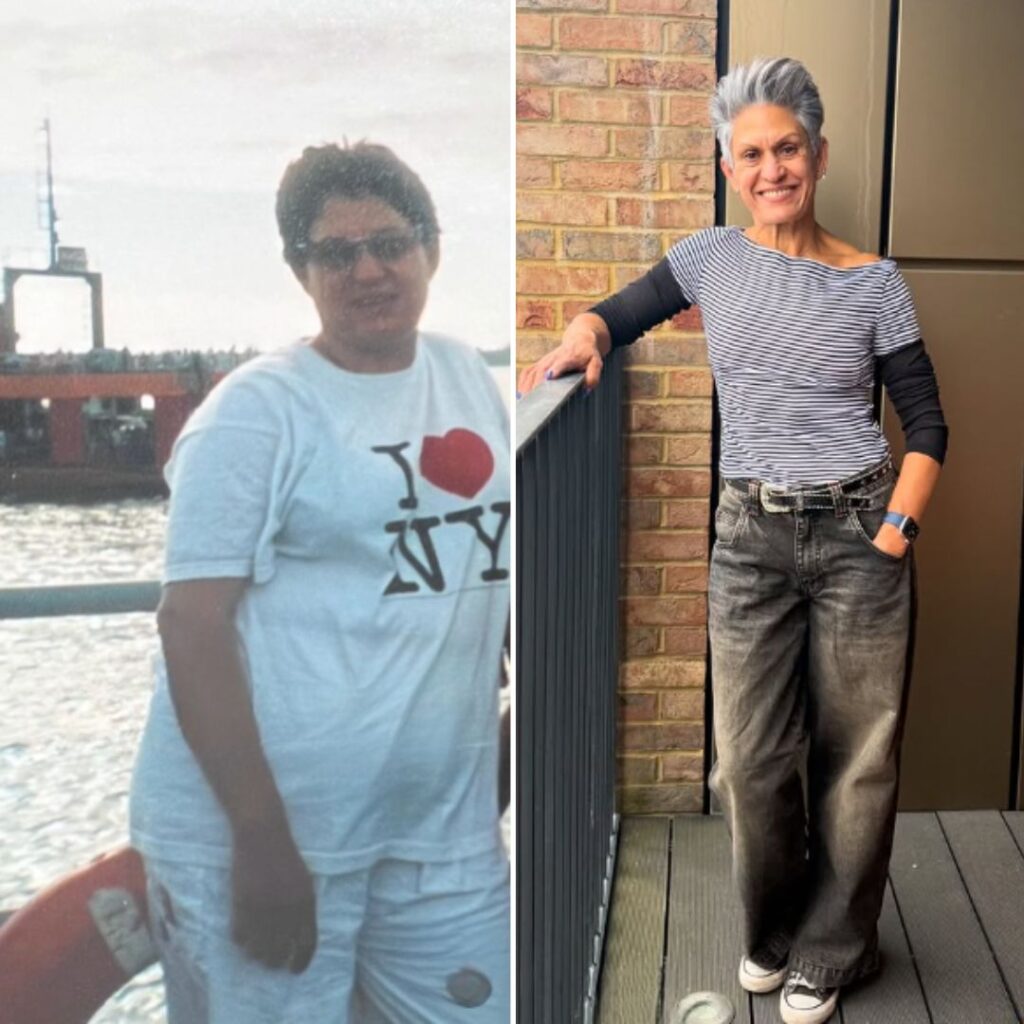Delhi-NCR is experiencing a significant surge in severe flu cases caused by the H3N2 influenza A virus, with 69% of households reporting at least one family member showing symptoms such as high fever, cough, sore throat, and respiratory distress.
Unlike typical flu strains, recovery can take up to 10 days, leading to increased hospital admissions, particularly among children, elderly, and those with pre-existing illnesses. Health experts urge preventive measures including vaccination, mask-wearing, and hygiene practices to curb the virus’s spread.
Symptoms of H3N2: What to Watch For
The H3N2 strain typically starts with sudden high fever accompanied by chills, persistent cough, sore throat, headache, and severe fatigue. Common additional symptoms include body aches, nasal congestion, and sometimes gastrointestinal problems like nausea or diarrhoea, especially in children.
Unlike regular flu, these symptoms tend to last longer-often more than a week, with cough and exhaustion sometimes persisting for up to three weeks. Doctors report that fever can remain high for 3 to 4 days, and complications such as pneumonia and bronchitis have been observed in vulnerable groups.
Dr Nikhil Modi, Senior Consultant at Indraprastha Apollo Hospitals, explains, “We have observed that this year’s H3N2 causes prolonged and severe symptoms, making recovery slower than usual flu infections. Children, the elderly, pregnant women, and patients with chronic diseases are particularly at risk of complications and hospitalisation.”
Causes and Factors Behind the Surge
Several environmental and social factors have contributed to the sharp rise in H3N2 cases. The post-monsoon period with fluctuating temperatures, high humidity, poor air quality, and waterlogging in parts of Delhi-NCR has created ideal conditions for the virus to spread.
The virus primarily transmits through respiratory droplets when infected persons cough, sneeze, or talk, and can survive on contaminated surfaces for a limited time. Frequent outdoor activities and crowded spaces have amplified transmission.
The influenza A H3N2 virus is known for seasonal mutations, making it difficult to predict and manage. According to Dr Ambuj Garg, Vice Chairperson of Medicine at Sir Ganga Ram Hospital, “H3N2 has a higher tendency to mutate and lead to more severe flu seasons. This year, the virus’s aggressive spread and persistence are causing an increase in severe cases.”
Prevention and Precaution: Expert Advice
Health officials and doctors emphasise prevention as the best defence. The annual flu vaccine remains the frontline tool, significantly reducing the severity and spread of the virus, especially for high-risk populations. Dr Shalmali Inamdar, Consultant in Infectious Diseases at Kokilaben Dhirubhai Ambani Hospital, advises, “Getting vaccinated each year is crucial.
Alongside vaccination, frequent hand washing, wearing masks in crowded or enclosed spaces, maintaining good ventilation indoors, and avoiding close contact with sick individuals can greatly reduce the risk of infection.”
People exhibiting symptoms are encouraged to rest, stay hydrated, and avoid self-medicating. Early medical consultation is key, particularly for those experiencing rapid breathing, chest pain, or prolonged fever, as antiviral treatments like oseltamivir can be effective if administered promptly.
The Logical Indian’s Perspective
As Delhi grapples with this health challenge, it is essential for society to respond with empathy, patience, and collective responsibility. Medical preparedness alone cannot address the crisis-community support, accurate information sharing, and kindness towards those affected play a vital role.
Stigma or fear can deepen suffering and hinder control efforts. The Logical Indian believes fostering dialogue around health awareness and personal responsibility can empower citizens to protect themselves and others.












